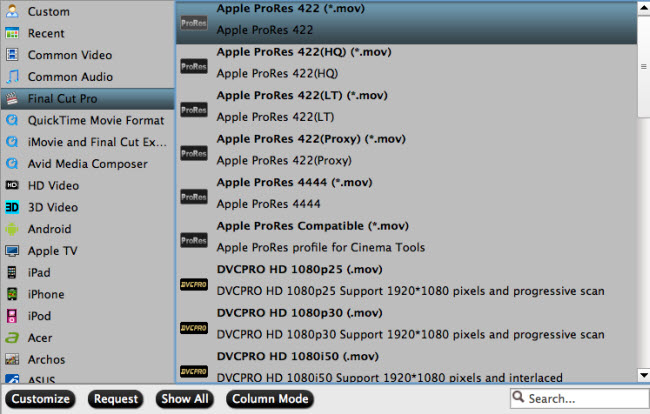
This lack of whole 'real' frames makes editing and color manipulation tough to be exact, which is why they don't support it.at least that's what I remember reading. This seems at least to me to be a signifigant enough drawback of the Sony a6000 that it would be somthing I would have read about in weighing the pros and cons of getting the camera. Resolve does not natively support Avchd, which is a witches brew of encoding and compression techniques that does not really have a unique whole recorded frame. DaVinci Resolve 17 only supports a single processing GPU on Windows and Linux and 2 GPUs on the latest Mac. However it does limit project mastering and output to Ultra HD resolutions or lower. Here we got one of the more popular consumer cameras on the one side and a color grading authority on the other, and in order for them to be sufficiently compatible I have to either buy some converter program, or somthing like this? The free DaVinci Resolve 17 includes all of the same high quality processing as DaVinci Resolve 17 Studio and can handle unlimited resolution media files. It seems wherever I look that is the only answer.īut the reason I made this thread is because this just seems so stupid. In this post, we guide you through the process of transcoding AVCHD. This requires a good quality video converter program. When I try to import my Sony a6000 files into DaVinci resolve, it does not accept the audio from those files.įrom my research, there is no answer other than to buy a Mac, or to give my files a new "wrapper." There are programs out there, one suggested by someone on this forum in a thread like this one, that will do this, all the while apparently maintaining the file's quality reduction. For a smooth editing workflow between AVCHD and DaVinci Resolve, it would be advantageous to convert the whole thing to ProRes (or DNxHD) before start.


I have a Sony a6000, and from what I gather I am shooting in some format called AVCHD.


 0 kommentar(er)
0 kommentar(er)
